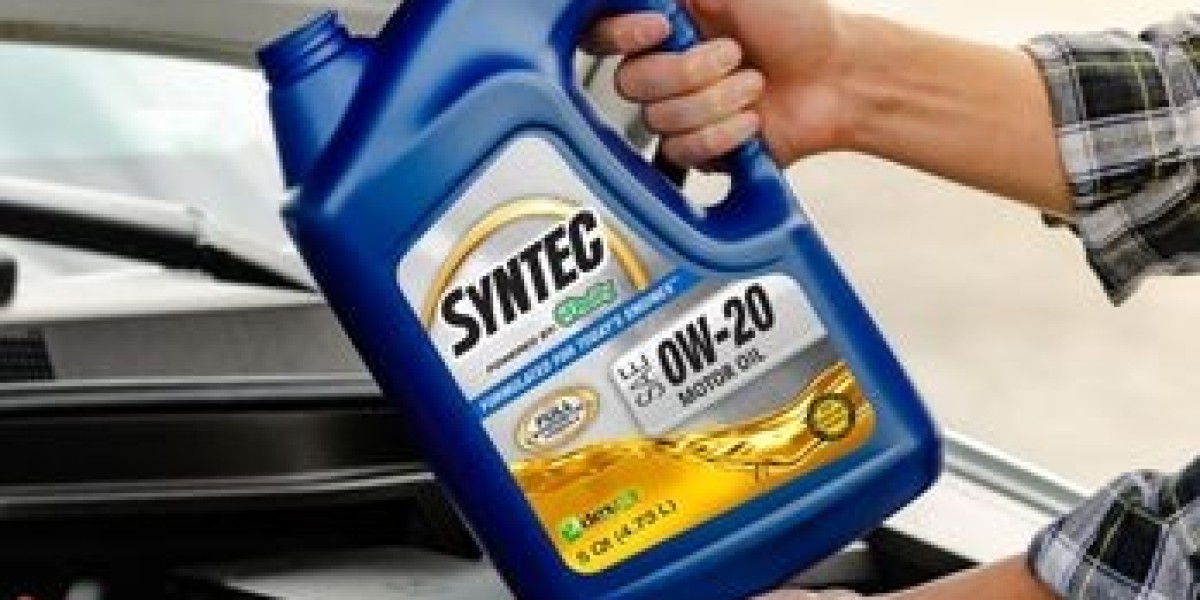When it comes to maintaining green spaces in industrial environments, the challenge of corrosion is ever-present. The harsh chemicals, pollutants, and extreme weather conditions can wreak havoc on traditional gardening materials, leading to frequent replacements and high maintenance costs. In this article, we will delve into innovative techniques and materials for creating corrosion-resistant gardens in industrial settings.
The Importance of Corrosion-Resistant Gardening
Industrial environments pose unique challenges for gardening due to the presence of corrosive substances such as acids, alkalis, and heavy metals in the soil and air. Traditional gardening materials like steel, iron, and untreated wood are highly susceptible to corrosion in such conditions, leading to structural instability and aesthetic degradation. Therefore, exploring corrosion-resistant gardening techniques is crucial for maintaining sustainable and visually appealing green spaces in industrial settings.
Materials and Techniques for Corrosion-Resistant Gardening
One of the key strategies for combating corrosion in industrial gardening is the use of non-corrosive materials such as stainless steel, aluminum, and treated wood. These materials offer high resistance to corrosion and can withstand the harsh industrial environment without deteriorating rapidly. Additionally, the use of corrosion-resistant coatings and sealants can provide an extra layer of protection for metal and wooden structures, prolonging their lifespan and reducing maintenance requirements.
Utilizing Innovative Planting Methods
In addition to selecting corrosion-resistant materials, innovative planting methods can also contribute to the longevity of industrial gardens. For example, raised bed gardening using composite materials can prevent direct contact between the soil and the garden structure, reducing the risk of corrosion. Furthermore, incorporating hydroponic and aeroponic systems can eliminate the need for soil altogether, minimizing the exposure of gardening structures to corrosive elements.
Case Studies in Corrosion-Resistant Gardening
Several industrial facilities have successfully implemented corrosion-resistant gardening techniques to create sustainable and visually appealing green spaces. For instance, a manufacturing plant in the Midwest utilized fiberglass planters and stainless steel trellises to establish a corrosion-resistant garden in its outdoor break area. By incorporating native plants and efficient irrigation systems, the company was able to maintain a vibrant garden without succumbing to corrosion-related issues.
In another case, a petrochemical refinery in Texas adopted a vertical gardening approach using corrosion-resistant aluminum frames and hydroponic systems to adorn the exterior of its office building. This innovative technique not only enhanced the aesthetic appeal of the facility but also contributed to air purification and employee well-being.
Exploring corrosion-resistant gardening techniques for industrial environments is not only about combating corrosion but also about embracing sustainable and innovative practices that benefit both the environment and the community.







